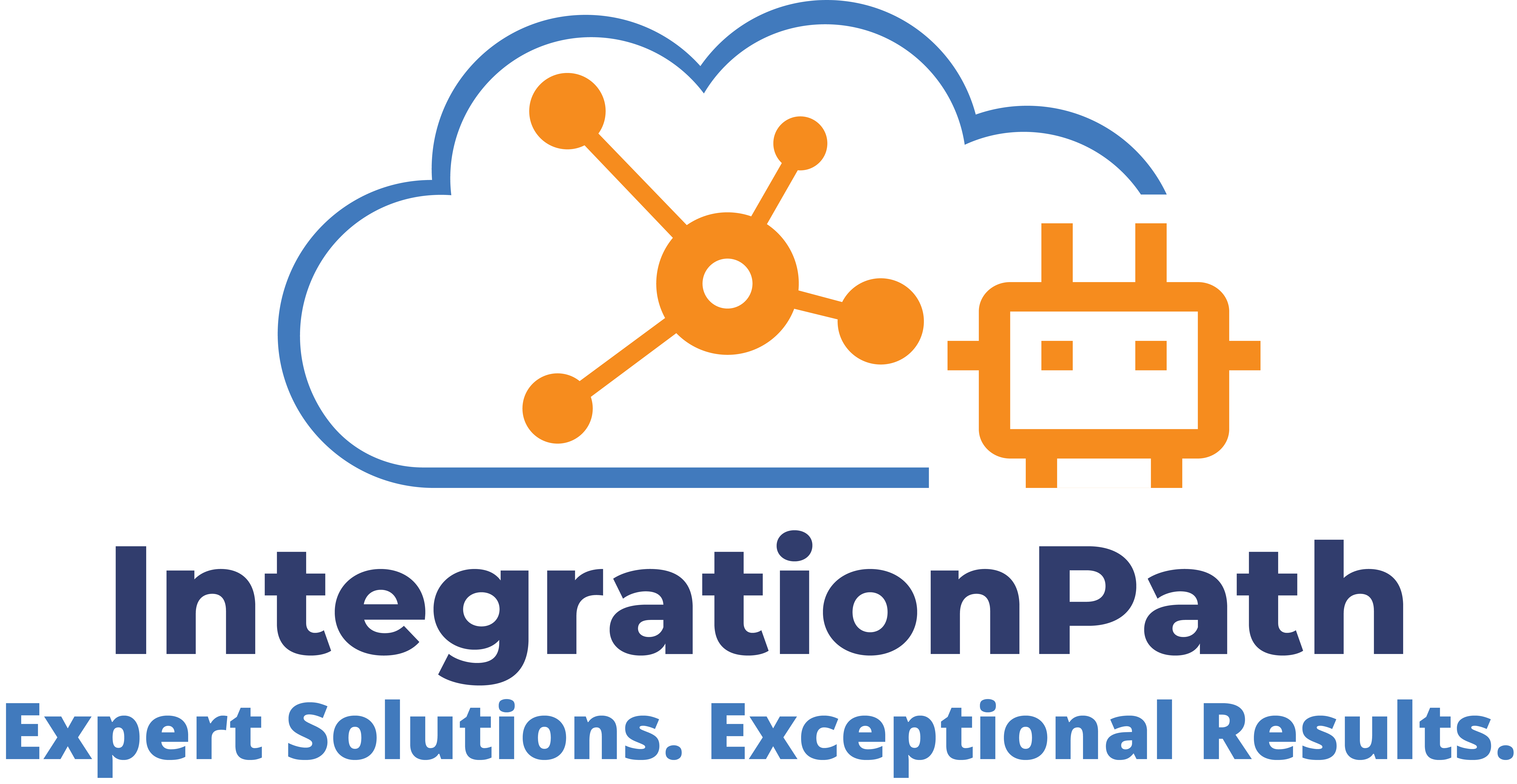Enterprise Integration
- API strategy and management
- Enterprise application integration
- Microservices implementation
- Legacy system modernization
- Hybrid integration platforms
- Enterprise Messaging
- EDI
- iPaaS
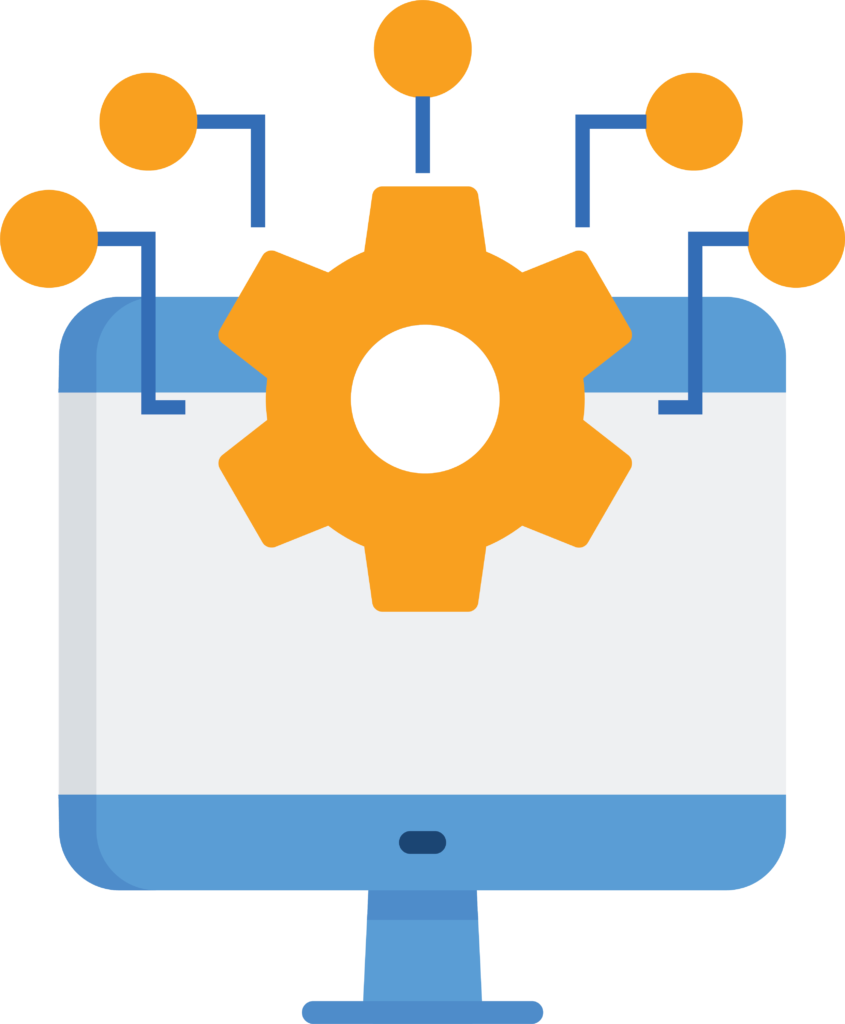
Why Choose Our Enterprise Integration?
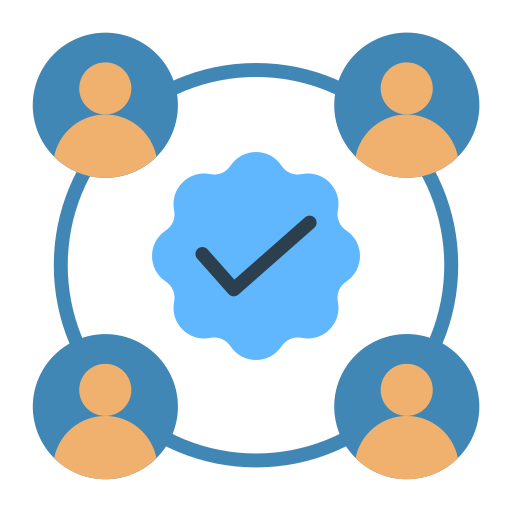
Domain Expertise
Deep understanding of your industry and business context
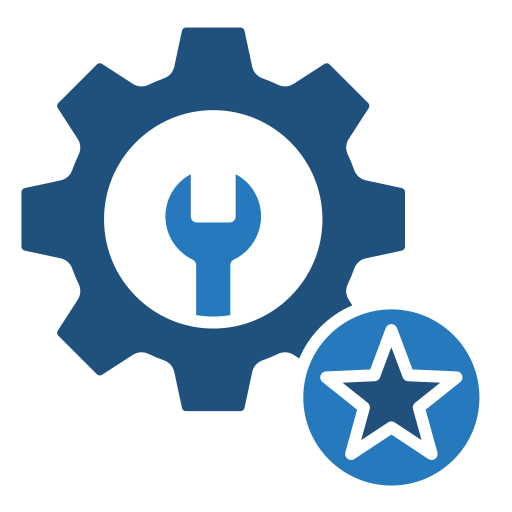
Technical Excellence
Cutting-edge cloud expertise from experienced practitioners

Data Privacy Focus
Secure handling of sensitive information
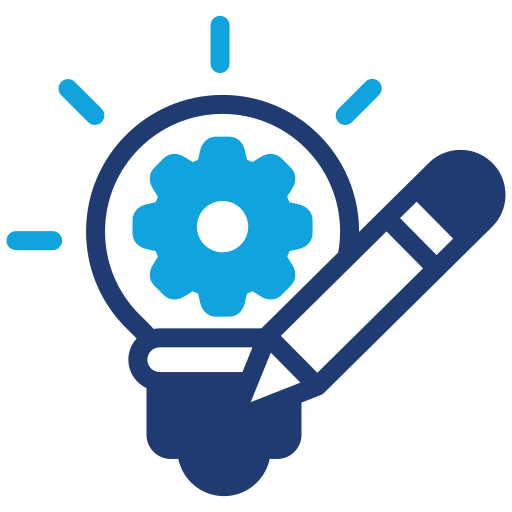
Practical Innovation
Balance of proven techniques and innovative approaches

Future-Proofing
Scalable, maintainable solutions designed for evolution
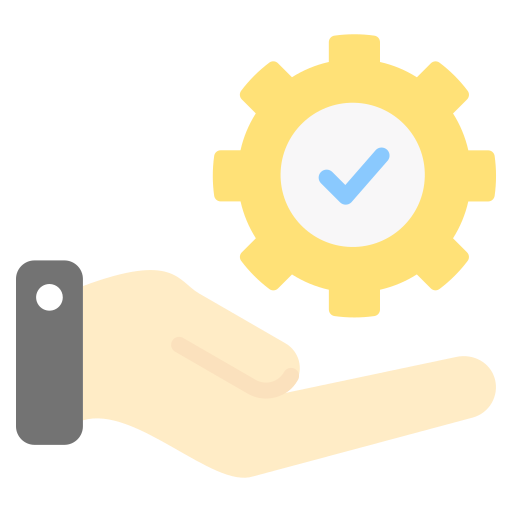
End-to-End Support
From concept to deployment and ongoing optimization
Our Enterprise Integration Approach
- Strategic API Planning:
- Development of comprehensive API strategies aligned with business goals and digital transformation initiatives.
- API Lifecycle Management:
- End-to-end management of APIs from design and development to deployment, monitoring, and retirement.
- API Security & Governance:
- Implementation of robust security protocols, access controls, and governance frameworks to protect data and ensure compliance.
- API Monetization Models:
- Creation of revenue-generating opportunities through strategic API packaging, pricing, and marketplace positioning.
- Developer Experience Enhancement:
- Design of intuitive developer portals, comprehensive documentation, and self-service capabilities to accelerate adoption.
- API Analytics & Insights:
- Advanced monitoring and analytics to track performance, usage patterns, and business value of API ecosystem.
- Legacy System Integration:
- Seamless connection of existing systems and applications through modern API architecture and integration patterns.
- Seamless System Connectivity:
- Integration of disparate enterprise systems, legacy applications, and cloud platforms for unified data flow and business processes.
- API-Led Integration Architecture:
- Implementation of modern integration patterns that leverage APIs for flexible, scalable, and reusable connectivity.
- Real-Time Data Synchronization:
- Enabling consistent, up-to-date information across all business systems through event-driven integration mechanisms.
- B2B Integration Solutions:
- Secure, reliable connection frameworks for partner ecosystems, supply chains, and external business networks.
- Hybrid Integration Platforms:
- Deployment of integration solutions that bridge on-premise systems with cloud applications for optimal operational flexibility.
- Integration Governance & Monitoring:
- Comprehensive oversight of integration flows with performance monitoring, error handling, and compliance management.
- Microservices Orchestration:
- Coordination of distributed microservices architecture to support modular, scalable enterprise applications.
- Microservices Architecture Design:
- Strategic decomposition of monolithic applications into scalable, independently deployable service components.
- Domain-Driven Design Expertise:
- Implementation of business-aligned service boundaries based on domain contexts for optimal system organization.
- Container Orchestration Solutions:
- Deployment and management of microservices using Docker, Kubernetes, and other container technologies for consistency and scalability.
- API Gateway Implementation:
- Creation of intelligent entry points for microservices that handle authentication, routing, and traffic management.
- Event-Driven Architecture:
- Development of loosely coupled, highly resilient systems using event streaming platforms for inter-service communication.
- DevOps Pipeline Integration:
- Implementation of CI/CD automation for rapid, reliable microservices deployment and updates.
- Service Mesh Solutions:
- Deployment of specialized infrastructure layers to handle service-to-service communication, security, and observability.
- Resilience Engineering:
- Implementation of circuit breakers, bulkheads, and other resilience patterns to ensure system stability during failures.
- System Assessment & Roadmapping:
- Comprehensive evaluation of existing systems and development of strategic, phased modernization plans aligned with business priorities.
- Incremental Modernization Approaches:
- Implementation of strangler pattern and other incremental techniques to minimize disruption while transforming legacy systems.
- API Enablement & Integration:
- Creation of modern API layers around legacy applications to extend functionality and enable integration with newer systems.
- Cloud Migration Expertise:
- Transition of on-premise legacy systems to cloud environments with optimized architecture for improved scalability and cost efficiency.
- Monolith-to-Microservices Transformation:
- Methodical decomposition of monolithic applications into flexible, independently deployable microservices.
- Data Migration & Transformation:
- Secure transfer of legacy data to modern databases with appropriate cleansing, restructuring, and governance controls.
- Legacy Code Refactoring:
- Improvement of existing codebase quality through strategic refactoring while preserving critical business logic.
- User Experience Modernization:
- Revitalization of outdated interfaces with intuitive, responsive designs that enhance productivity and user satisfaction.
- Unified Integration Framework:
- Deployment of comprehensive integration platforms that seamlessly connect on-premises, cloud, and SaaS applications through a single pane of glass.
- Multi-Pattern Integration Support:
- Implementation of diverse integration styles including APIs, events, B2B, ETL, and file-based integration to address all connectivity scenarios.
- Cloud-to-Ground Connectivity:
- Secure, reliable connection mechanisms between cloud services and on-premises systems with optimized data transfer capabilities.
- Edge Integration Solutions:
- Extension of integration capabilities to edge locations and IoT devices for distributed processing and reduced latency.
- Hybrid Deployment Flexibility:
- Ability to deploy integration components across multiple environments based on security, performance, and compliance requirements.
- Enterprise iPaaS Implementation:
- Configuration and management of modern Integration Platform as a Service solutions tailored to enterprise needs.
- Cross-Platform Security Framework:
- Implementation of consistent authentication, authorization, and encryption across all integration touchpoints regardless of location.
- Centralized Integration Governance:
- Unified monitoring, management, and policy enforcement for all integration flows across hybrid environments.
- Message-Oriented Middleware Implementation:
- Deployment of robust messaging infrastructure to enable reliable, asynchronous communication between enterprise systems.
- Event-Driven Architecture Design:
- Development of responsive, scalable architectures using event streams and publish-subscribe patterns for real-time business capabilities.
- Message Broker Configuration:
- Setup and optimization of messaging platforms like Apache Kafka, RabbitMQ, IBM MQ, and cloud-native messaging services.
- Guaranteed Message Delivery:
- Implementation of persistence, acknowledgment mechanisms, and dead-letter queues to ensure critical business messages are never lost.
- High-Throughput Message Processing:
- Architectural designs supporting massive message volumes with low latency for data-intensive enterprise applications.
- Message Transformation & Routing:
- Intelligent conversion and routing of messages between disparate systems to enable seamless integration despite format differences.
- Messaging Security Framework:
- Implementation of encryption, authentication, and authorization controls to protect sensitive data in transit across messaging infrastructure.
- Distributed Tracing & Monitoring:
- End-to-end visibility across messaging flows to quickly identify bottlenecks, failures, and performance issues in complex enterprise environments.
- End-to-End EDI Implementation:
- Design, development, and deployment of comprehensive EDI solutions supporting industry-standard formats (X12, EDIFACT, HL7, HIPAA).
- Trading Partner Management:
- Streamlined onboarding, configuration, and relationship management for business partners within secure EDI exchange networks.
- Mapping & Transformation Services:
- Expert creation of data mappings between proprietary formats and industry-standard EDI documents for seamless business exchanges.
- B2B Gateway Integration:
- Implementation of secure, high-performance B2B gateways that handle EDI translation, validation, and routing between trading partners.
- EDI Compliance Management:
- Validation and enforcement of industry and regulatory compliance standards across all electronic business transactions.
- Cloud-Based EDI Solutions:
- Migration from legacy EDI systems to modern cloud-based platforms offering improved scalability, cost efficiency, and partner connectivity.
- EDI-to-API Transformation:
- Strategic modernization of traditional EDI workflows through API enablement for real-time integration capabilities.
- Transaction Monitoring & Analytics:
- Comprehensive visibility into EDI document flows with advanced exception handling and business intelligence reporting.
- Unified Cloud Integration:
- Implementation of comprehensive iPaaS solutions that connect cloud applications, on-premises systems, and IoT devices through a single platform.
- Low-Code Integration Development:
- Accelerated integration delivery through visual development tools that reduce complexity and minimize hand-coding requirements.
- Pre-Built Connector Ecosystem:
- Access to extensive libraries of application connectors enabling rapid integration with common enterprise systems and SaaS applications.
- Real-Time Integration Patterns:
- Implementation of synchronous and event-driven integration architectures supporting both batch processing and real-time data exchanges.
- API Management & Exposure:
- Creation and management of APIs within the iPaaS environment to enable controlled access to enterprise data and functionality.
- Integration Template Acceleration:
- Utilization of pre-defined integration templates and patterns to standardize common integration scenarios and accelerate delivery.
- Self-Service Integration Capabilities:
- Empowerment of business users and citizen integrators with appropriate tools to create and manage basic integration workflows.
- Centralized Monitoring & Governance:
- Comprehensive visibility across all integration flows with robust alerting, logging, and compliance management through a unified console.
Technology Offerings

IBM App Connect

AWS
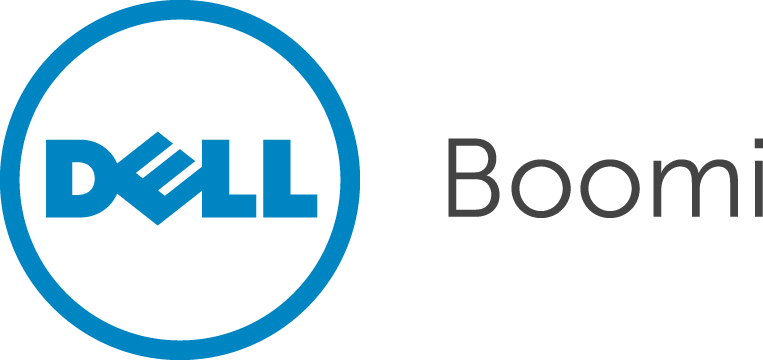

Azure



Azure API Gateway

Amazon API Gateway

Mulesoft


Kong

IBM MQ/MFT

Amazon MQ

Amazon SNS

Amazon SQS

Active MQ

Rabbit MQ
Clients
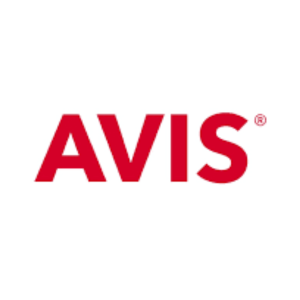



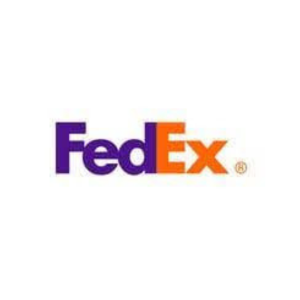
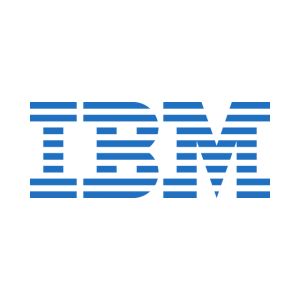



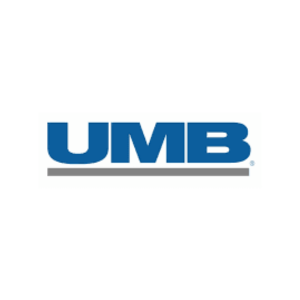

!
